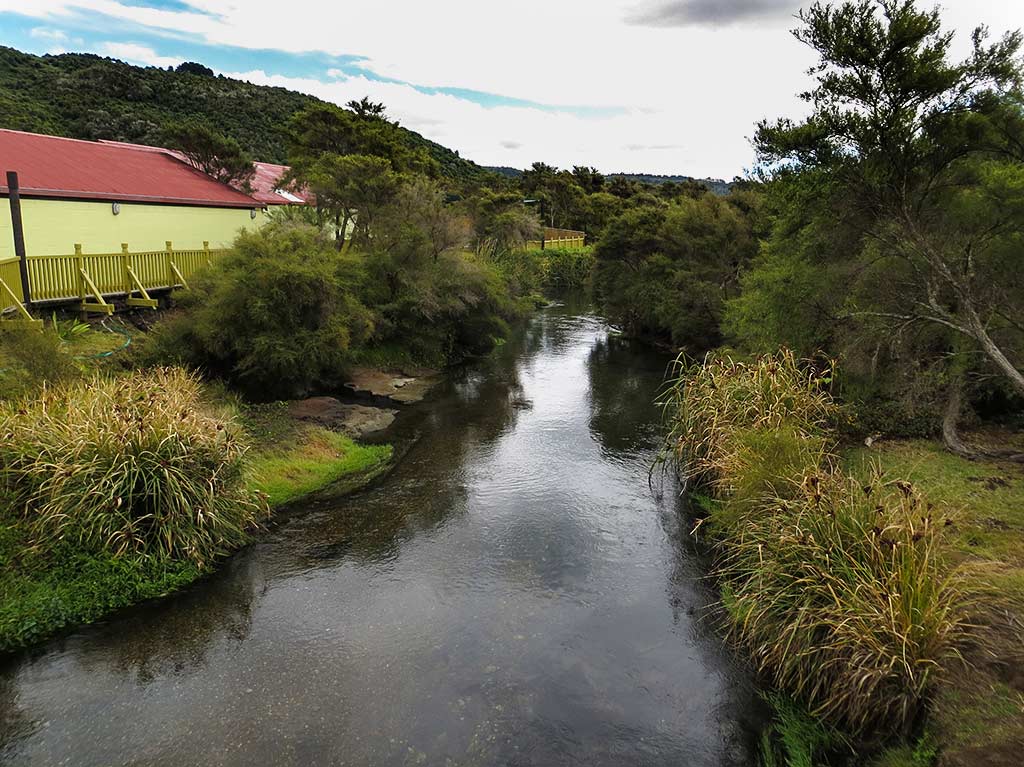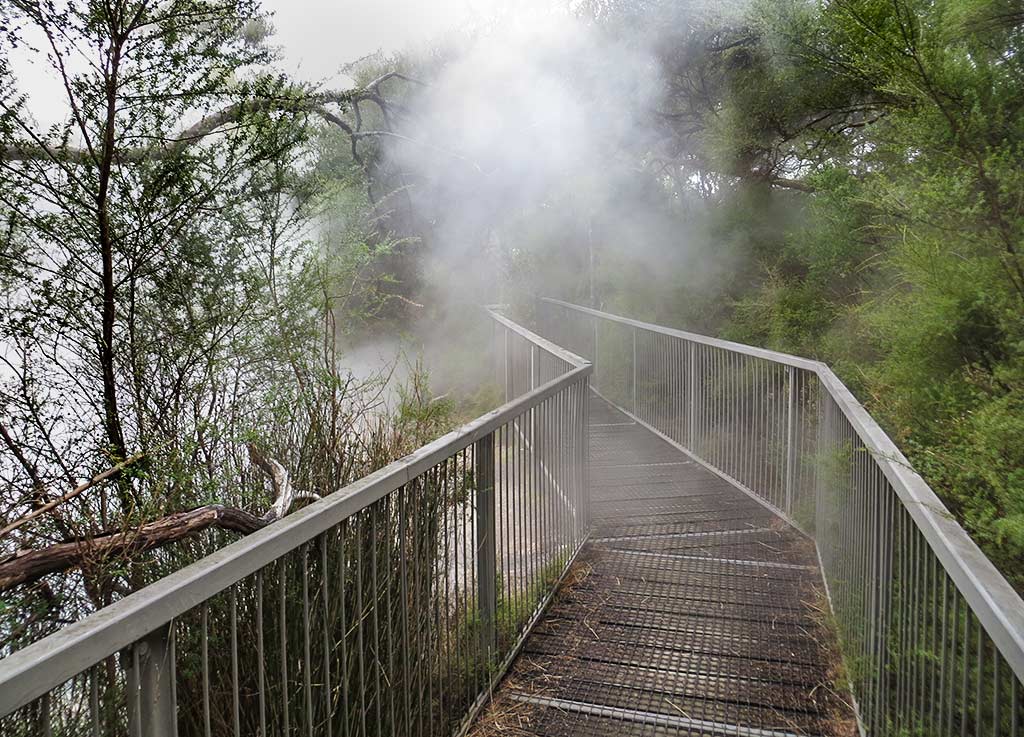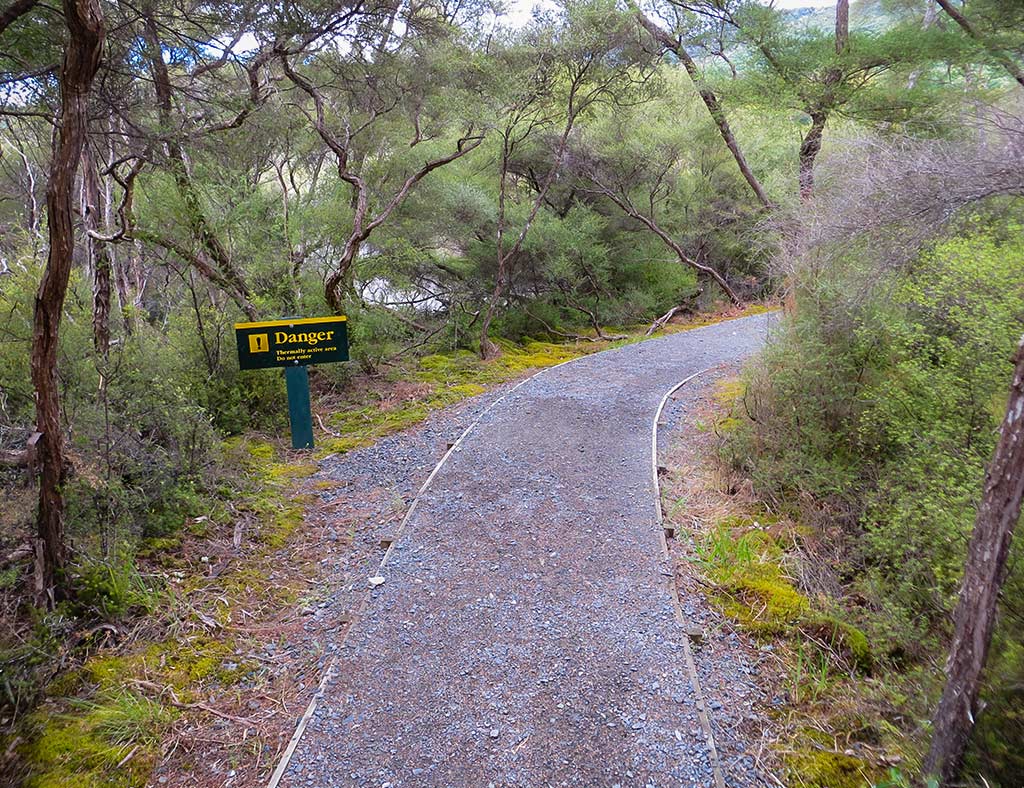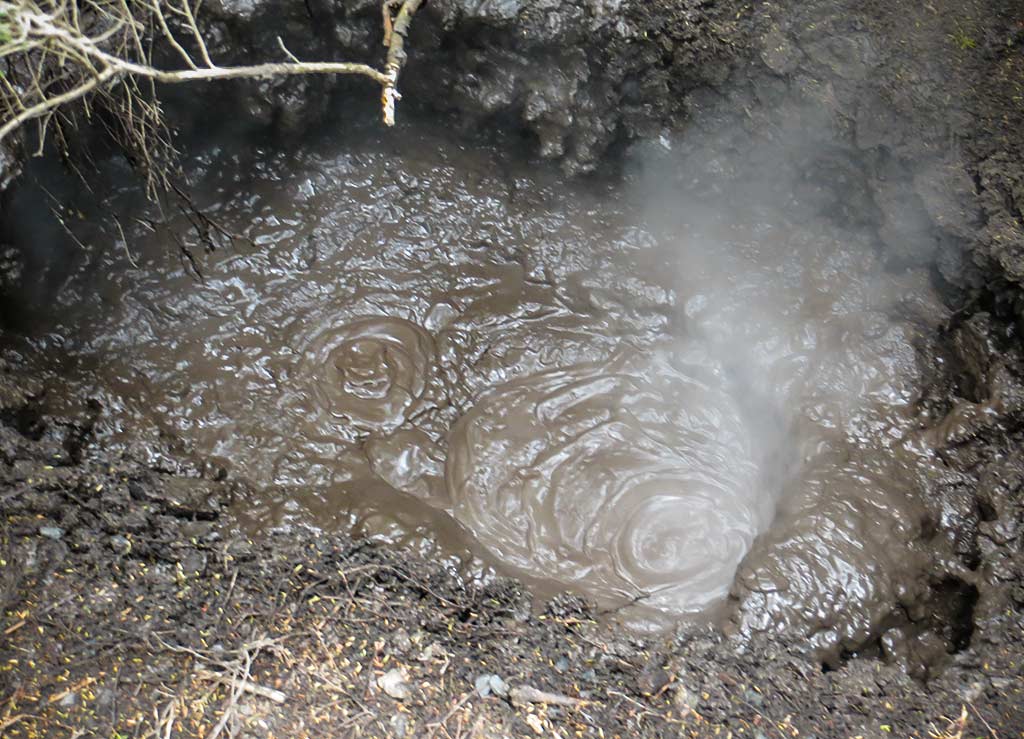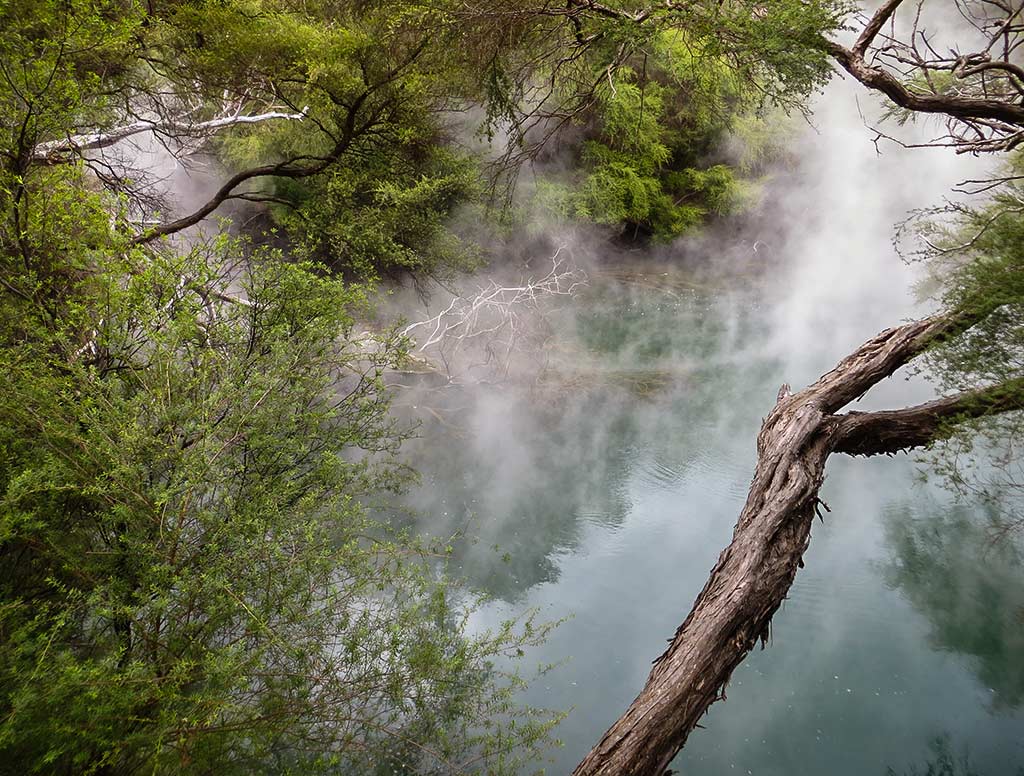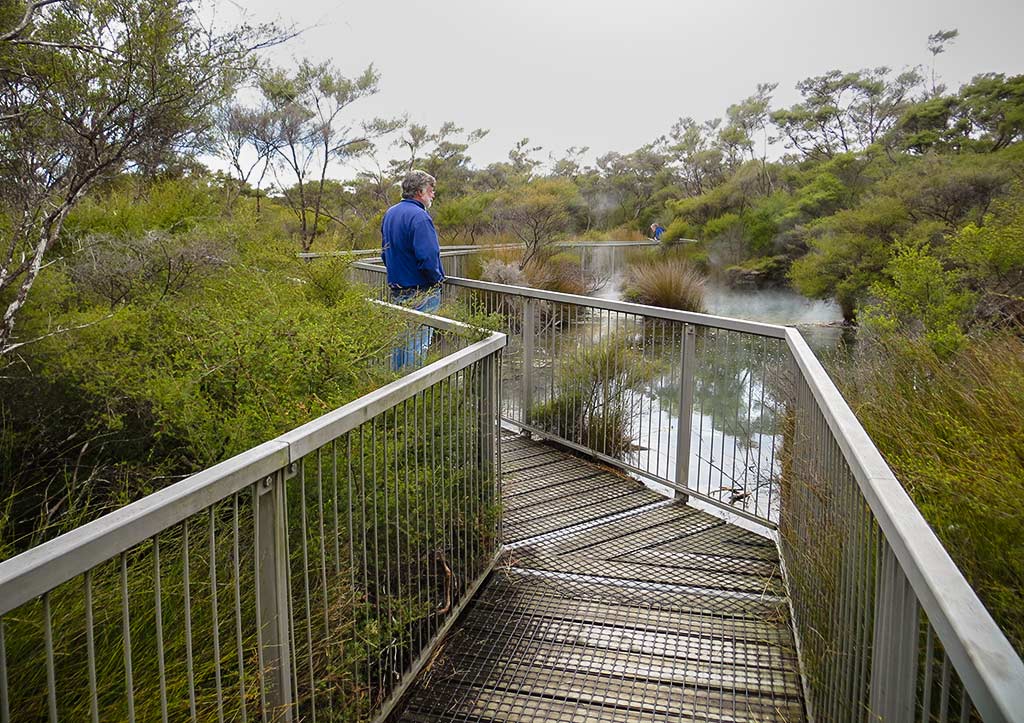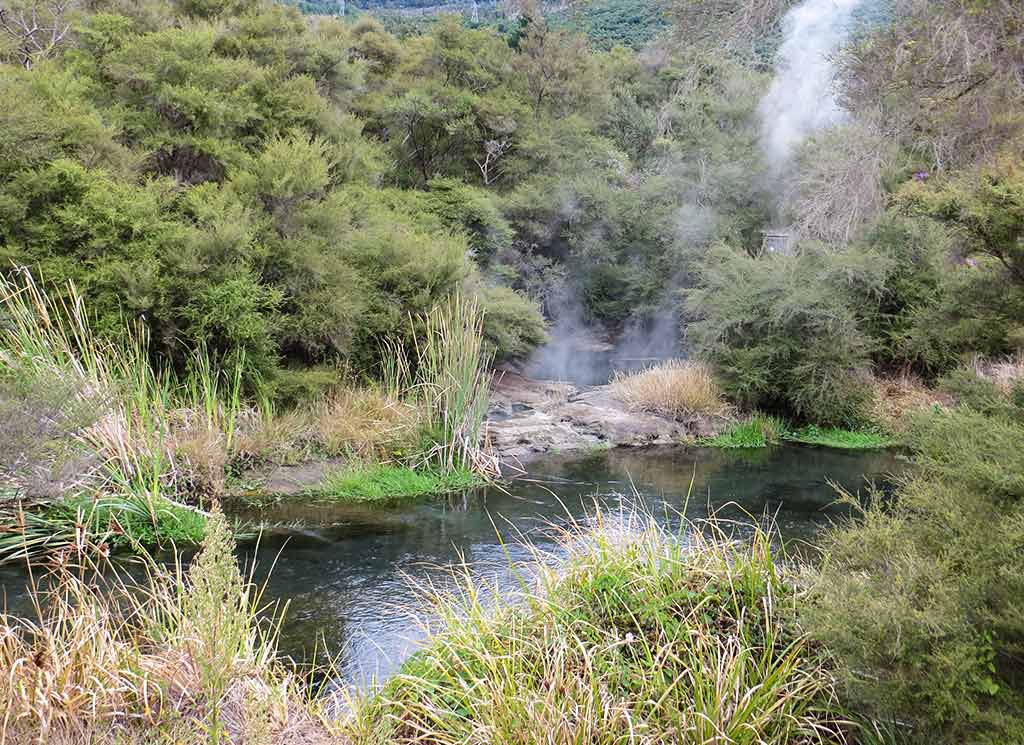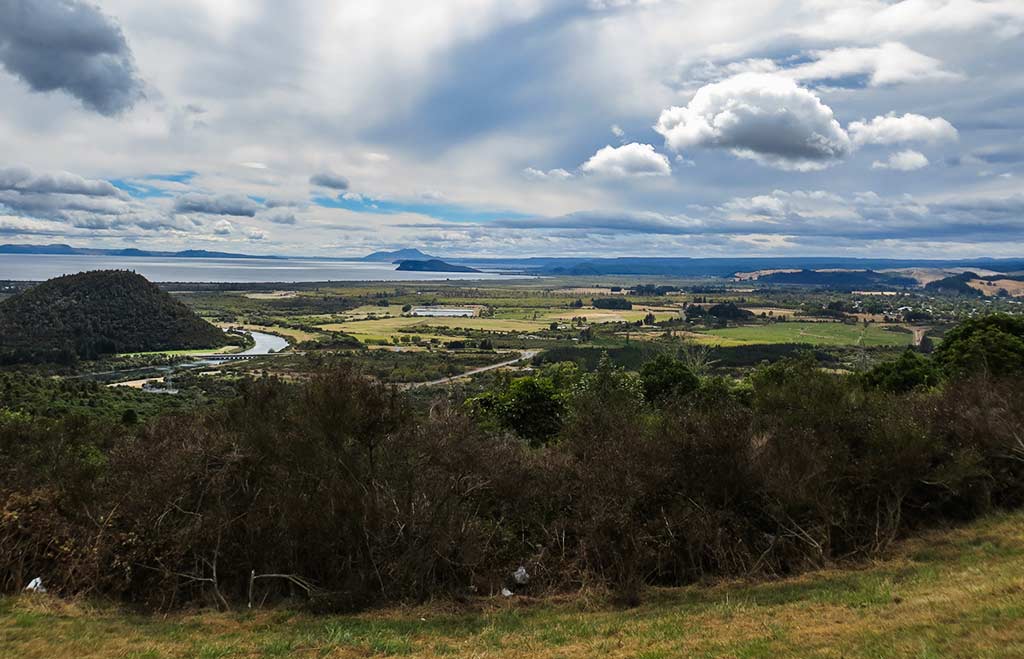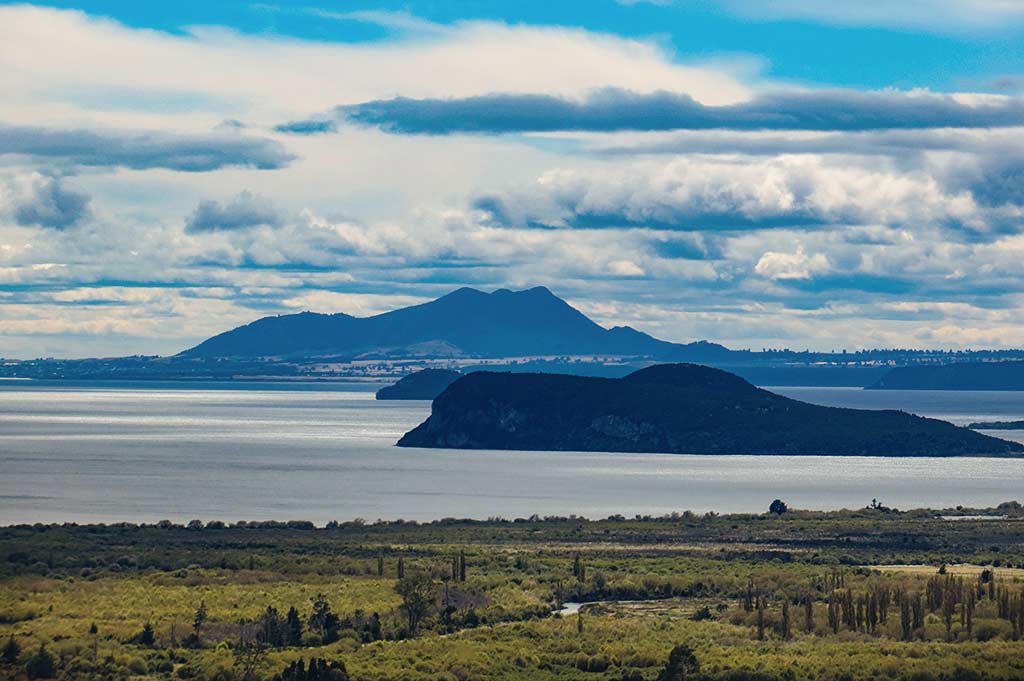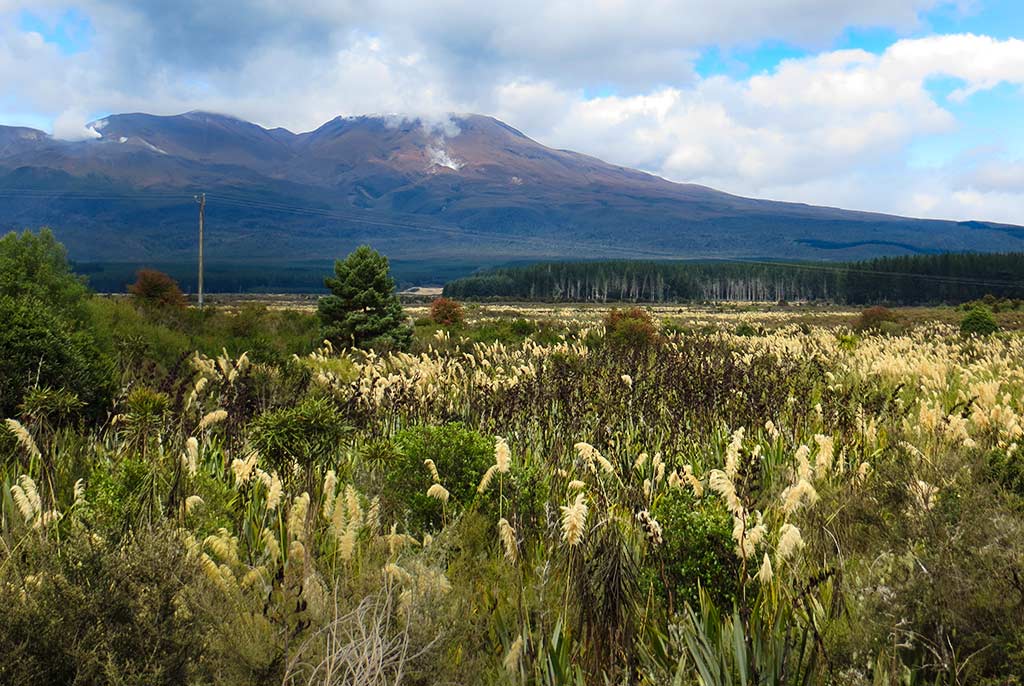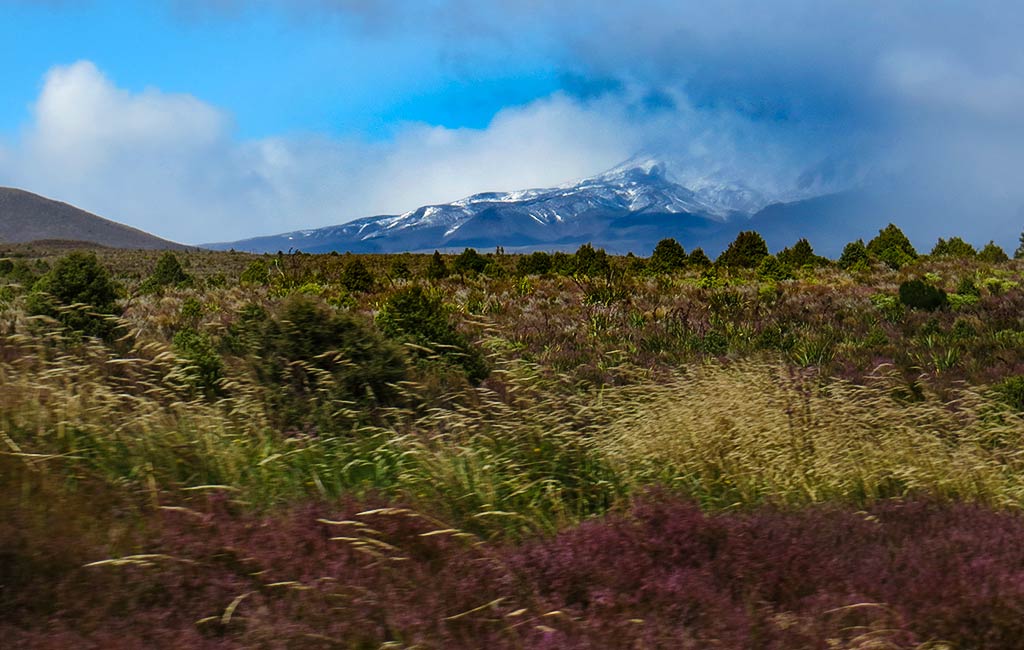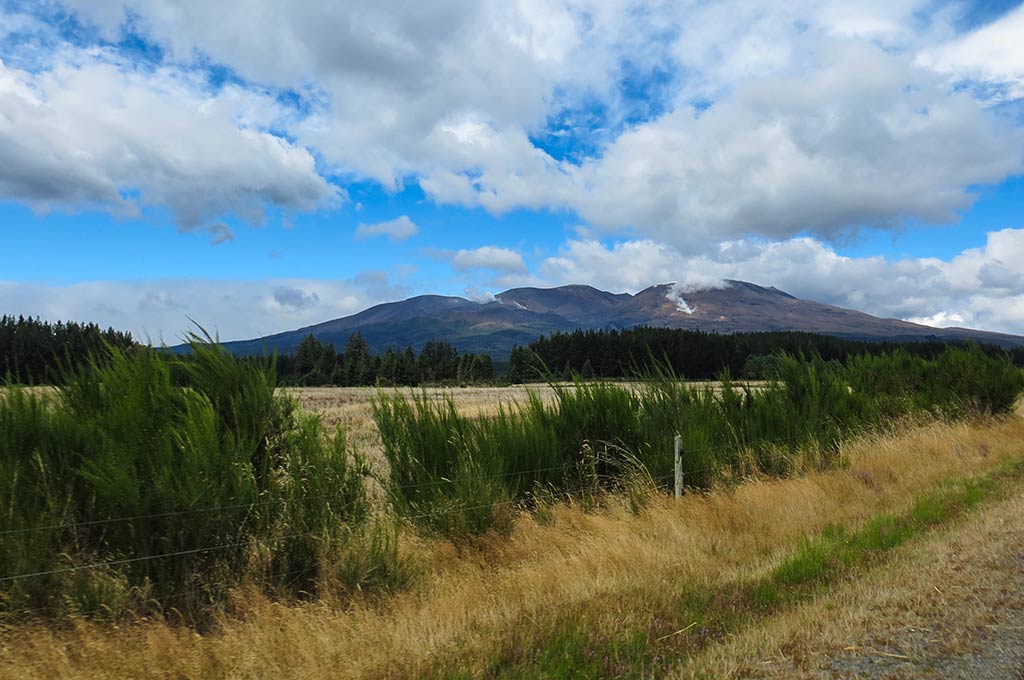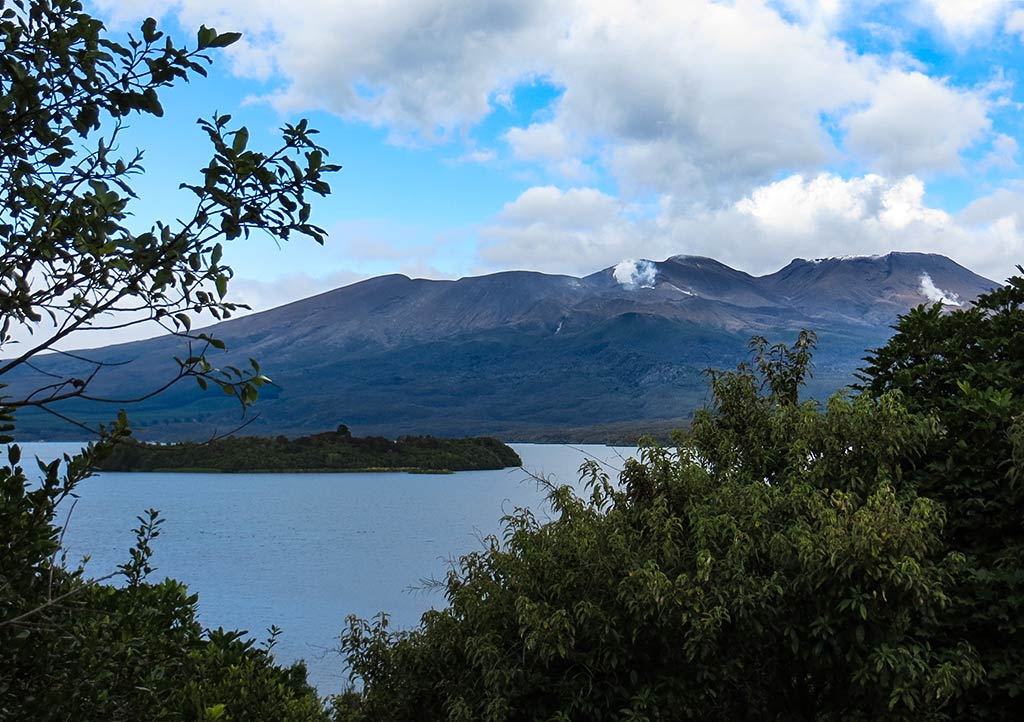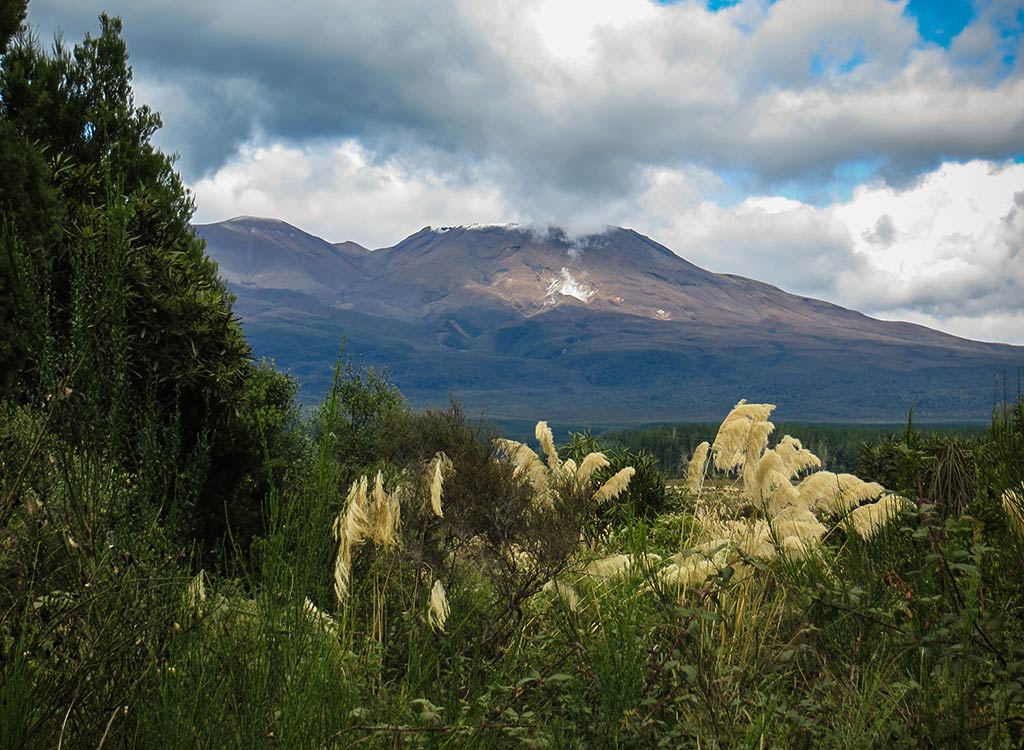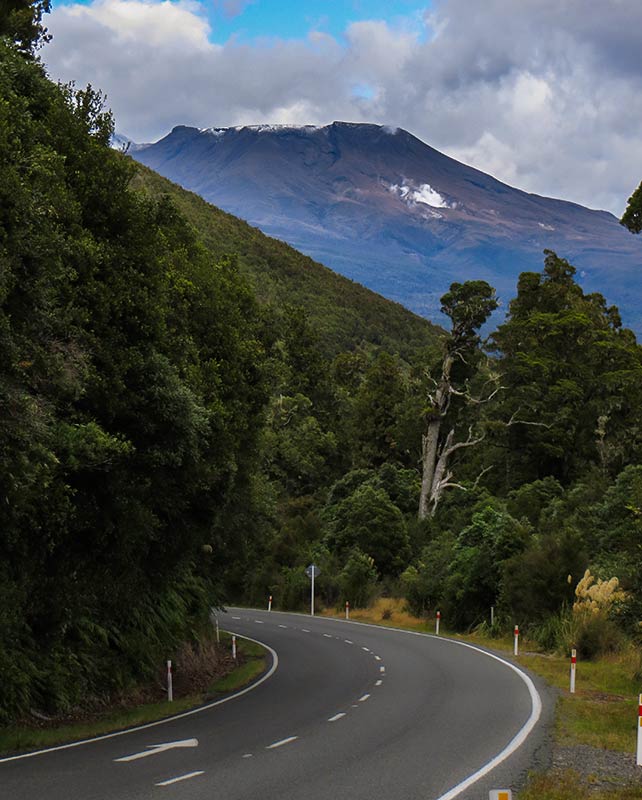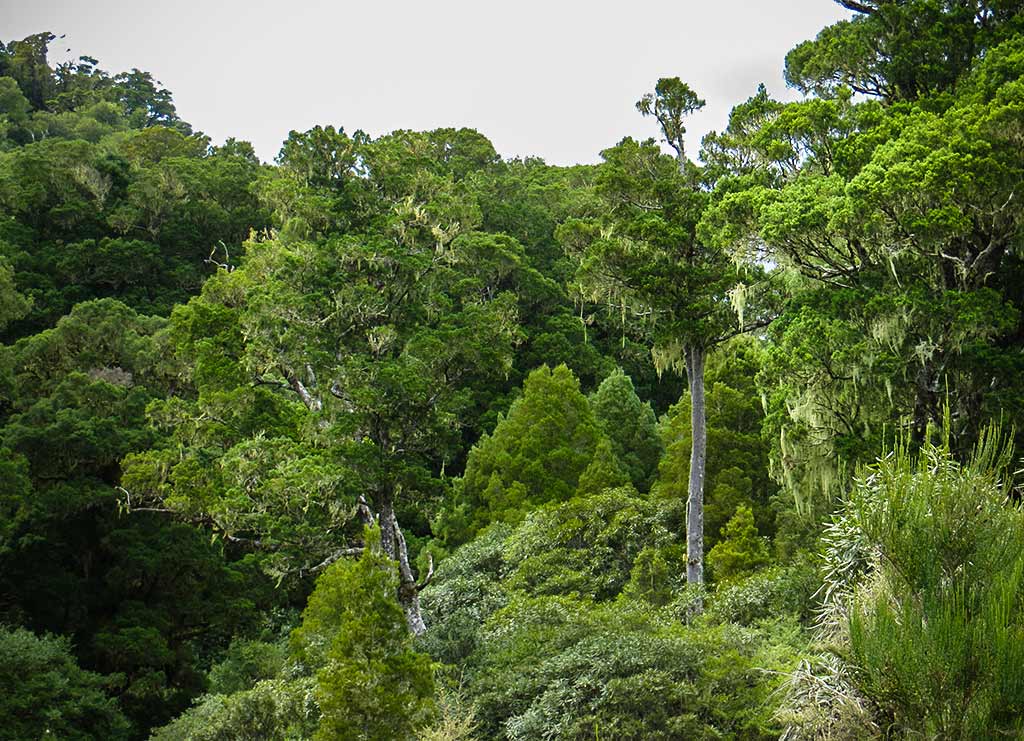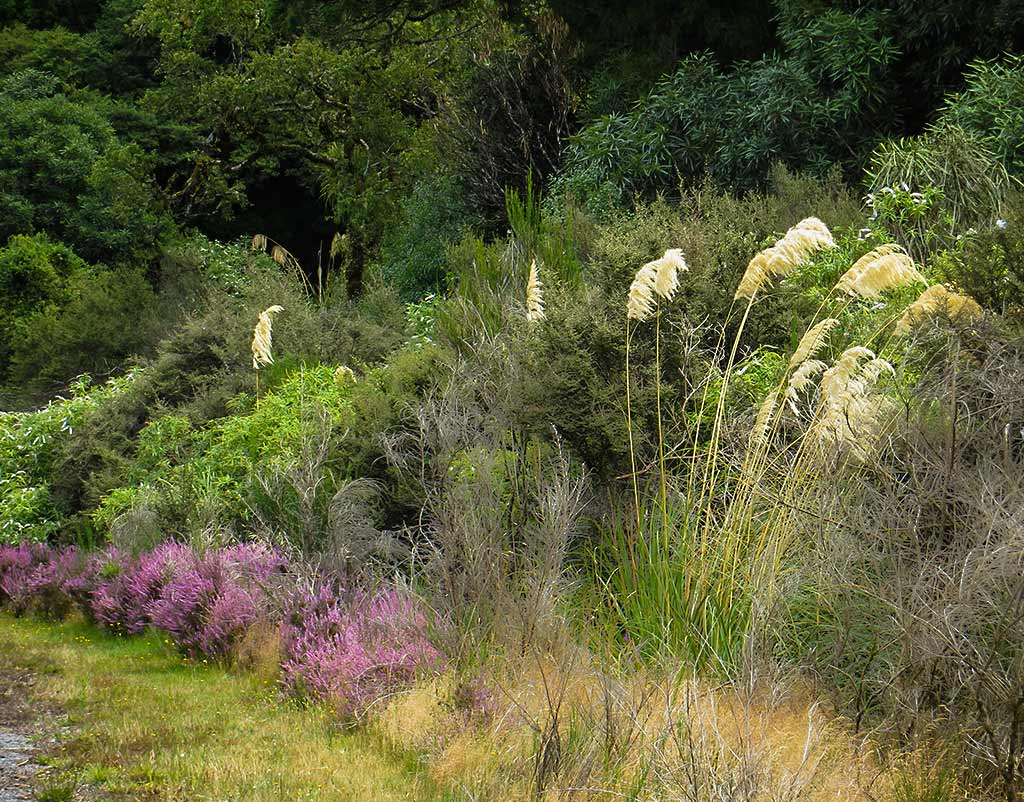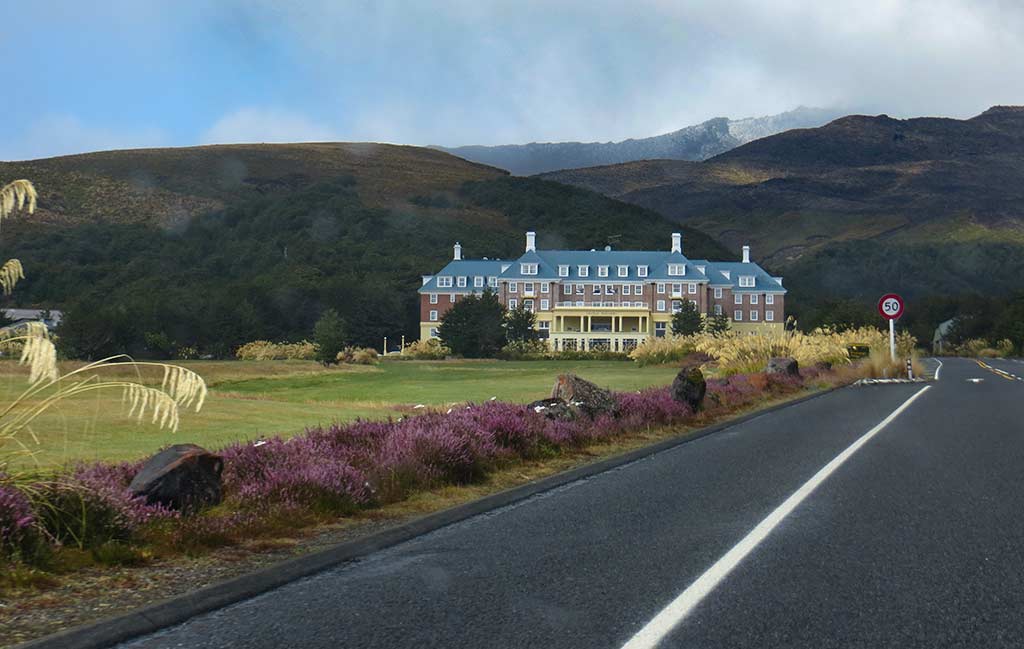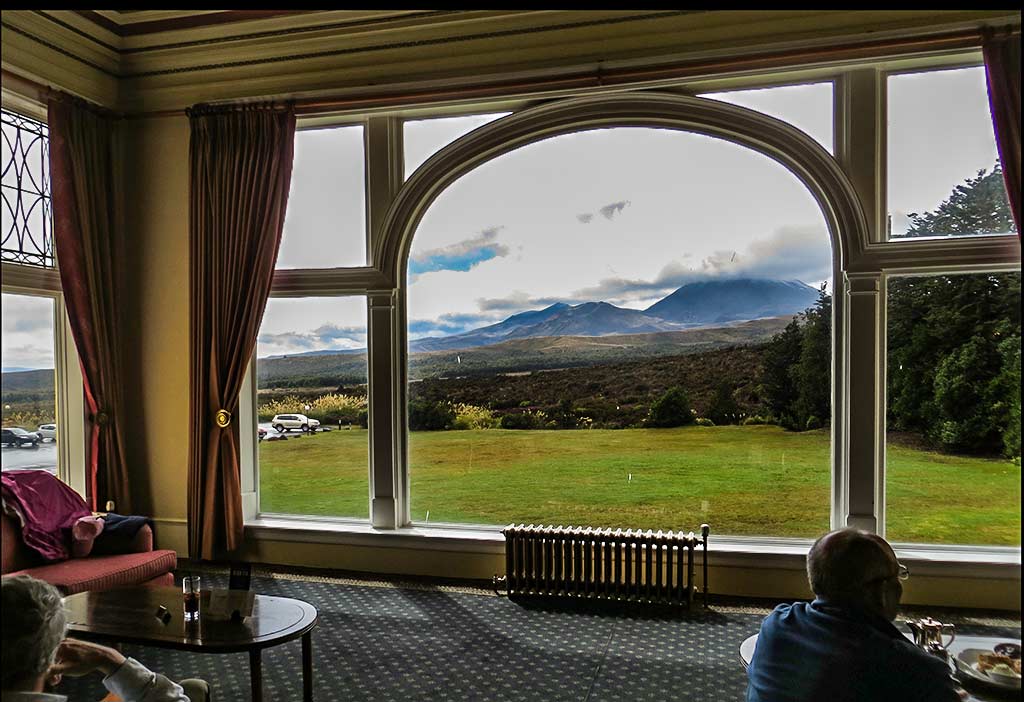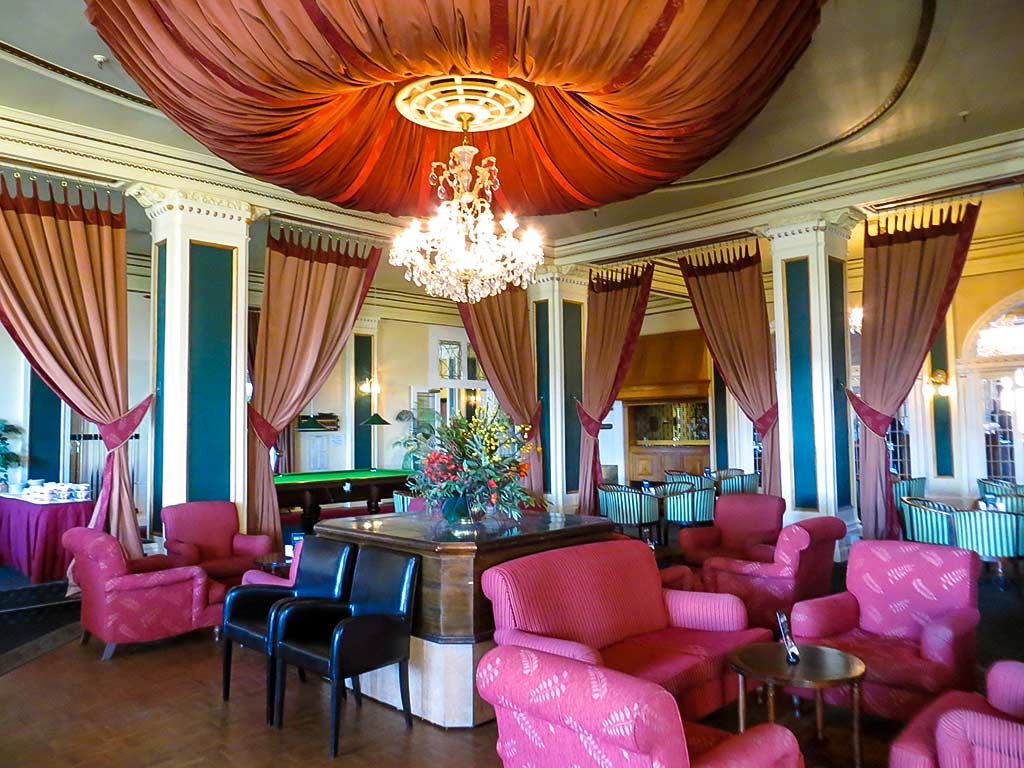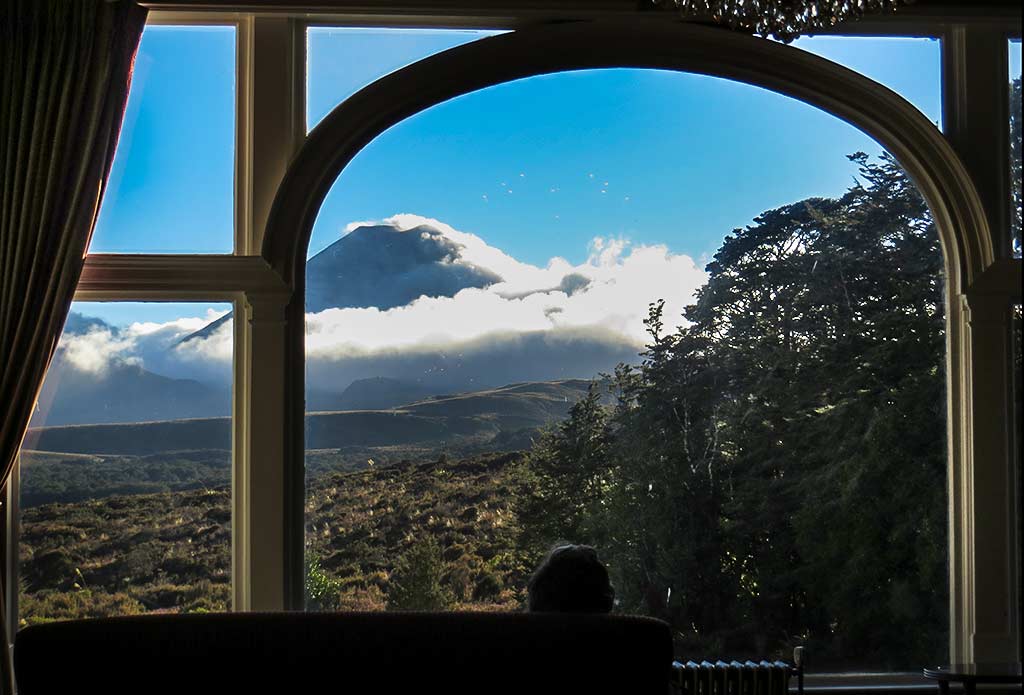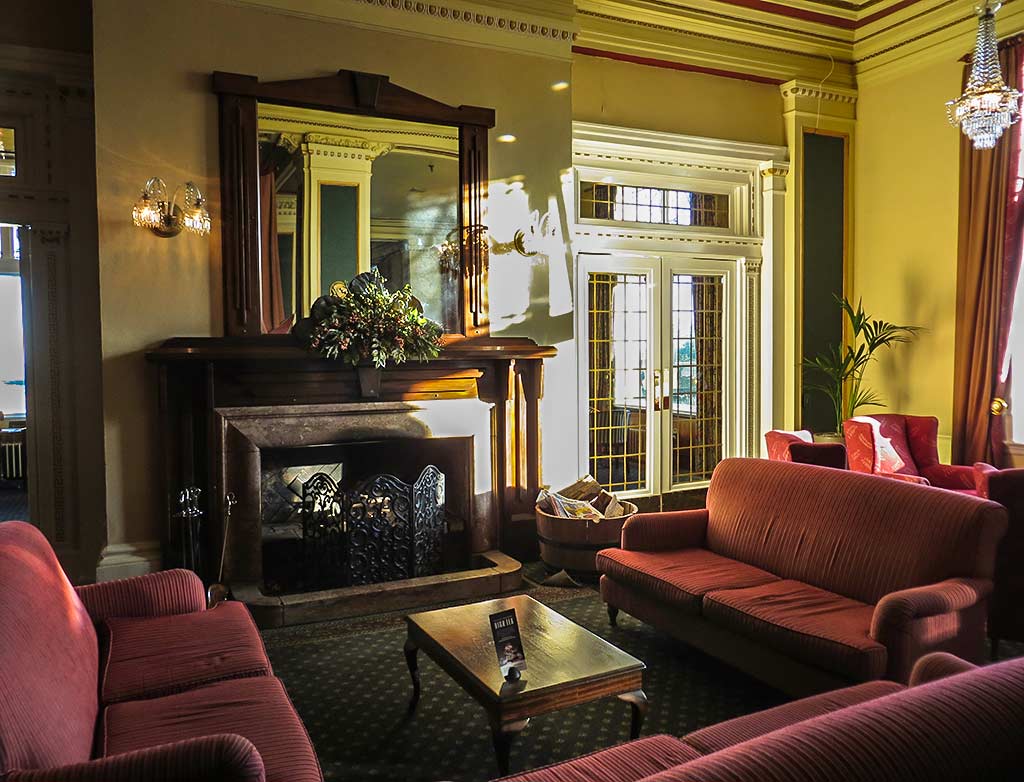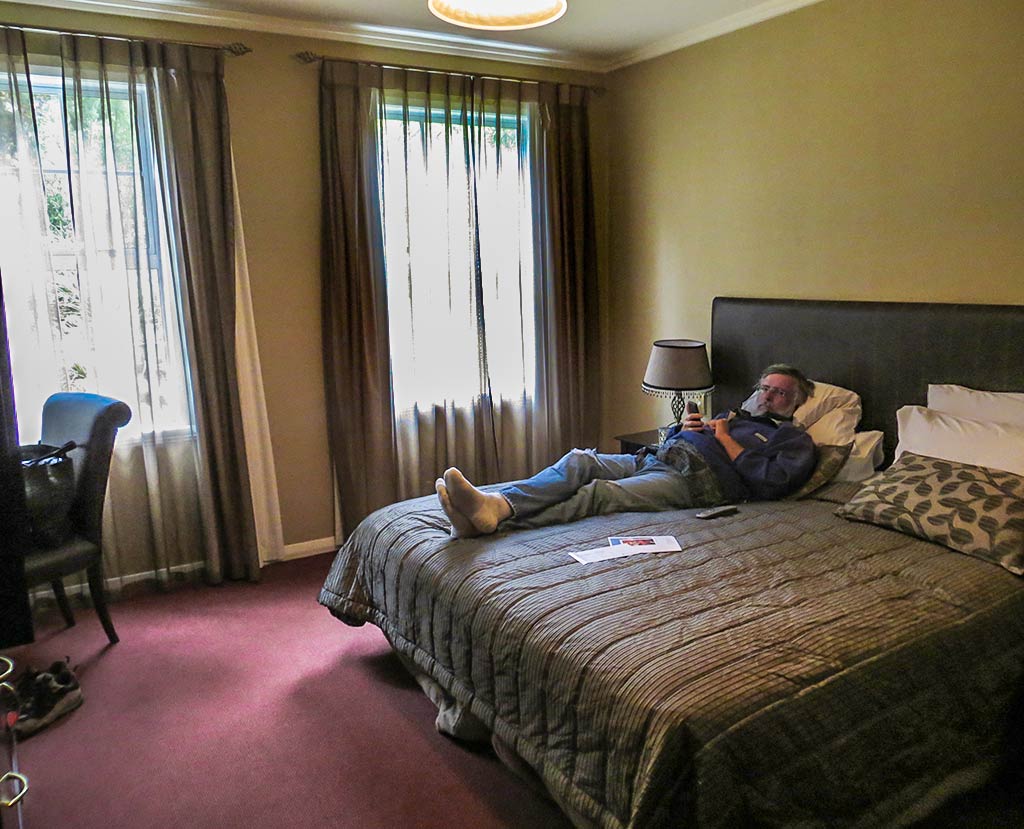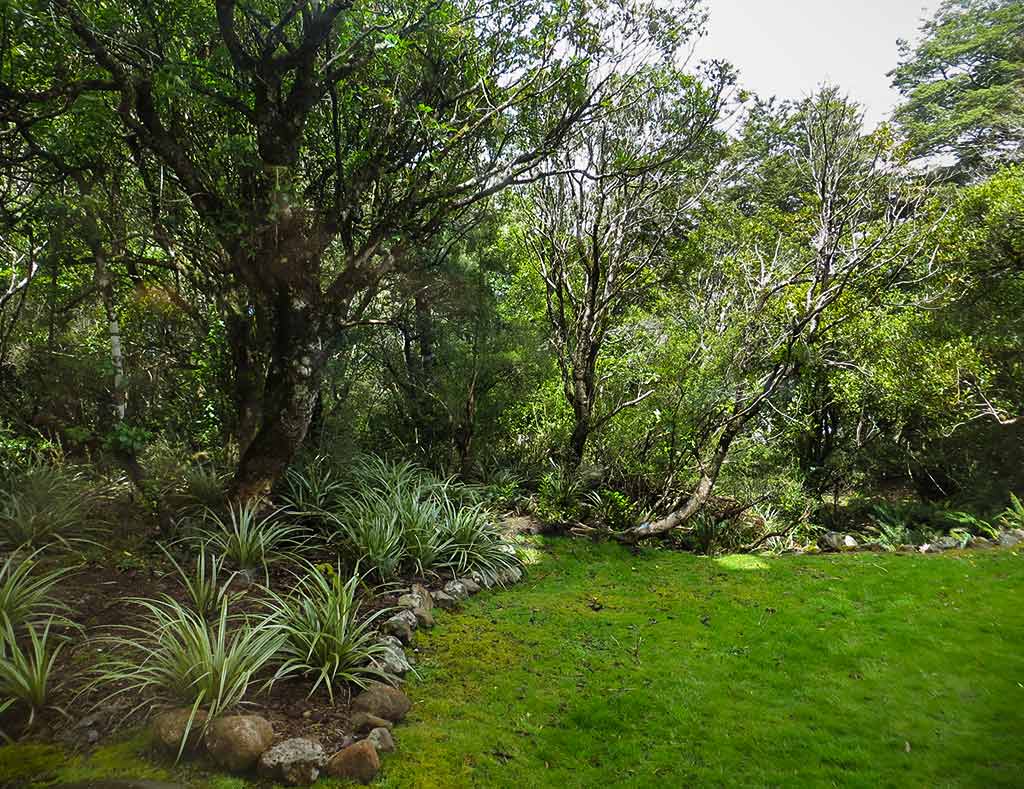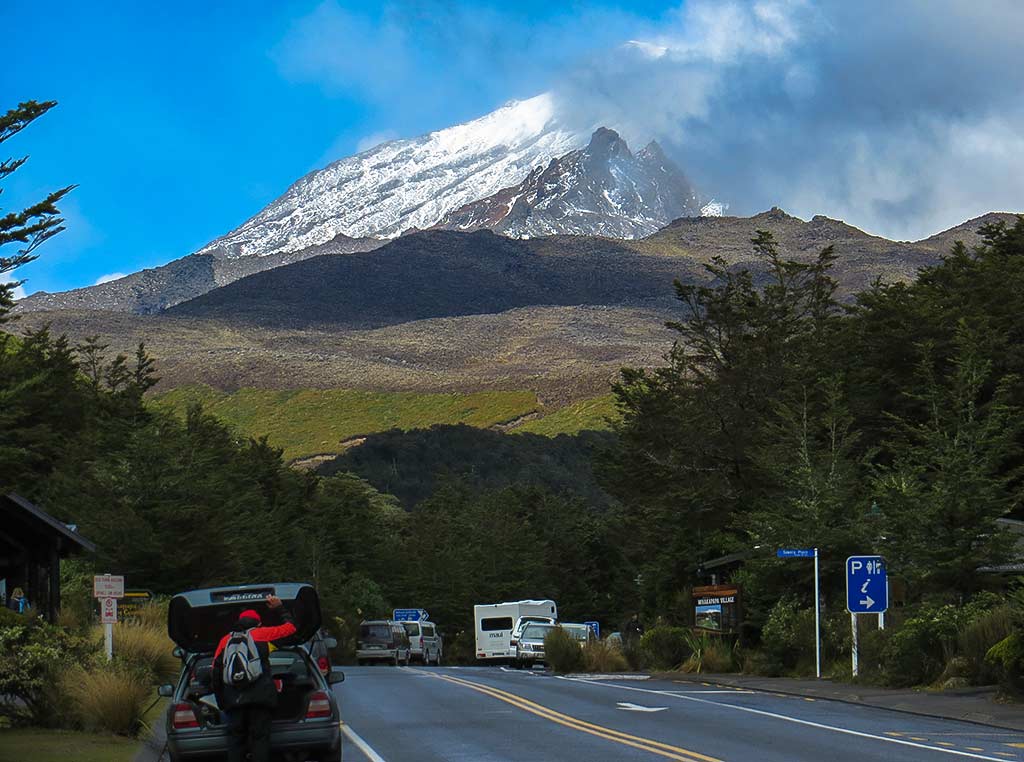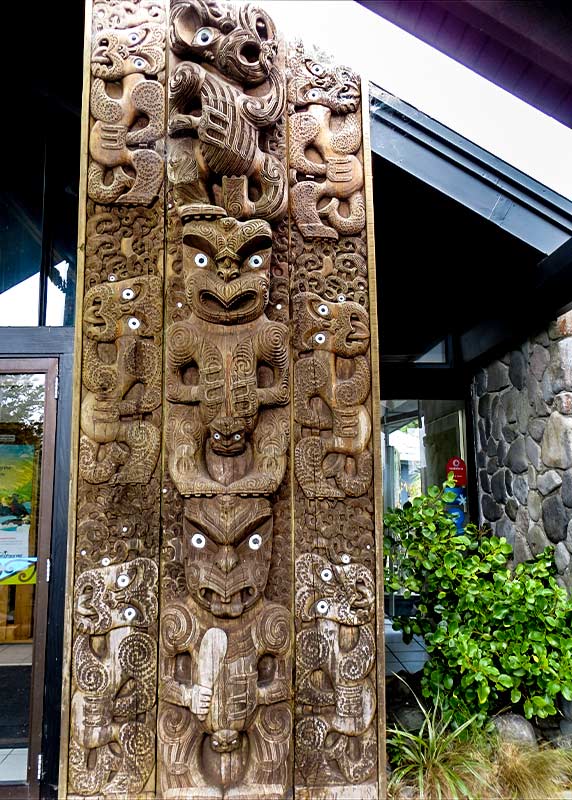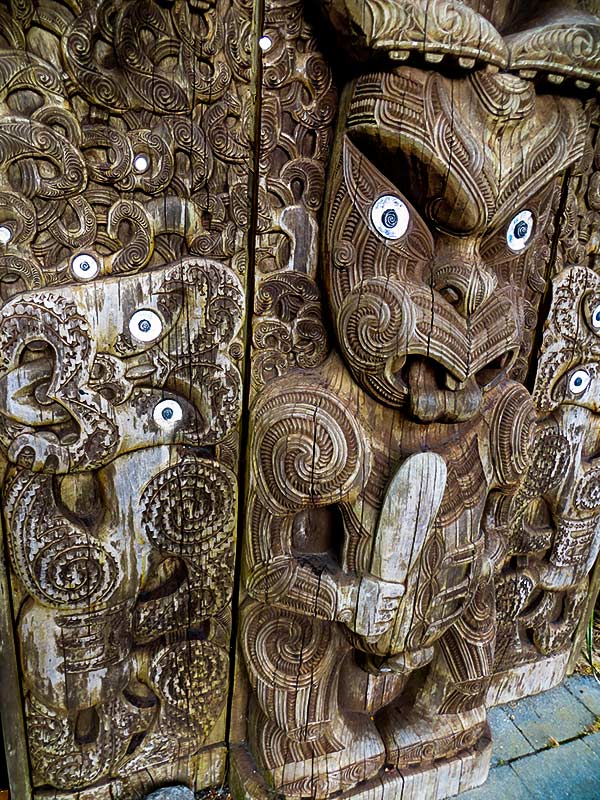March 05, 2014
So far our only disappointment on this trip was our hotel, which as a Hilton, should have had a reasonably high standard. But our room temperature had been erratic through the night, and there was no extra blanket. The room, which had seemed fine at first glance, turned out to be fraying around the edges on closer inspection. The hotel itself had an unsettling energy, which I didn’t give much thought to until something strange happened.
I was in the bathroom when I noticed the light briefly change in the area of the shower stall, just out of my view. Moving light is not unusual so I didn’t think anything of it until it dawned on me that nothing could have caused that shift. After confirming Rich had been in bed the whole time, I wondered if I had experienced something ghostly. Later we were in the hallway waiting for the elevator when a vacuum cleaner, leaning against a nearby wall, suddenly fell over with no seeming cause. After our ride up and walk through another labyrinth of hallways, we were somewhat relieved to check out.
Hungry, in need of coffee, and heading out into a windy day, a restaurant called Dixie Browns came to our rescue. Located right by the water, this place had the look of an American Coffee shop plus a fireplace, giving it a cozy, welcoming ambience. The food was good, too. Now our spirits and bodies fortified, weird hotel energy behind us, we were ready for the day’s adventures.
Today we were headed for New Zealand’s oldest national park and World Heritage Area, Tongariro National Park. It’s an alpine region, home to three sacred, well-behaved mountains: Tongariro, Ngauruhoe, and Ruapehu. I say well-behaved in that all three happen to be volcanos which are currently inactive. I figure as long as they aren’t blowing their tops, they’re being well-behaved.
The area itself has beautiful scenery and, like many mountain areas, becomes a ski town in the winter months and a hiking destination during warmer periods. Plus, it has something rare in New Zealand: a grand old hotel called The Chateau. In fact I think this is New Zealand’s only grand old hotel. I had visited this place on my previous trip to New Zealand, nearly 30 years ago, and loved it so much I hoped to return someday. Now that the day was here, I hoped it would live up to my memory.
We headed down to the south end of Lake Taupo, but instead of turning into the mountains I had a detour planned. It was yet another geothermal area, but this one would be different. While the others had been big operations, this was a simple little bushwalk, free of charge, with the sort of steaming pools actually used by Maori locals for cooking, bathing, and other assorted day-to-day activities. The place was connected to an area of public pools, presumably heated using geothermal energy.
We parked the car and set off on the path that wound through the pools. Scrubby growth surrounded us–low trees, bushes, and striking tall grasses. Steam wafted off some of the pools, while others were still—you wouldn’t know they were hot unless you stepped in one. One notable thing was the lack of wind. It had been windy in Taupo, but here the air was perfectly still. This quiet and stillness, the only movement from the shifting steam from the pools, gave this place a lonely feeling. In all it had been interesting to visit, but I wouldn’t call it a must-do. Below, a few photos from our walk here (click to enlarge any photo).
We headed south to rejoin the highway, now gaining altitude as we headed up into the mountains. We stopped at the Te Ponanga Saddle Viewpoint over the lake, then continued on our way to higher elevations.
After we gained altitude the road flattened out. In the distance we could now see two of the mountains, rugged Tongariro and the perfectly volcano-shaped Ngauruhoe, their peaks dusted with snow. The land that spread out below them was a lava field, covered in native bush and mounds of pampas grass that seemed to go on forever. There was a taller forest of trees on the other side of the highway, but the mostly-low growth on the lava field made for a clear view of the mountains.
Soon the snowy third mountain, Ruapehu, came into view. By now it was cloudy with periods of sun, and the temperature was dropping. The scenery, though, was stunning, so gorgeous we didn’t mind knowing it would be cold when we finally exited the car.
We turned off the highway and drove up the road leading to the Chateau. It came into view, as majestic as I remembered it to be. Parking and going in, I was relieved to see this place has been kept up beautifully.
We went to our room and the first thing we did was get the heat on before heading to lunch in the hotel, getting the curry of the day (beef vindaloo) and fettuccini. I’ll mention here that it’s common for New Zealand cafes to have a “curry of the day,” as it’s not unusual for kitchens to be staffed by immigrants from Southeast Asia or India. Generally these dishes are delicious and a safe bet for tasty meal, while some of the more “creative” combinations can be hit-and-miss.
Our room was lovely, well-maintained, and comfortable. We may not have had a mountain view, but the garden arrangement outside our room was very pretty. Below, a photo of our room and the view outside our window.
I had a possibility planned for this afternoon, and it involved what may be New Zealand’s most famous trek: the Tongariro Alpine Crossing. This trek covers 12 miles over rugged, moonscape terrain with many steep grades and extremely changeable weather. It’s a difficult walk, but the scenic rewards include volcanic peaks and the glowing-green Emerald and crystal Blue crater lakes, quite a striking sight when offset by the reddish-brown, rocky terrain.
This walk is so famous that both local and international tourists, determined to experience this “must do,” regularly overestimate their fitness and underestimate the changeability of weather, making it the number one spot in New Zealand for search and rescue operations, not to mention a number of deaths. Adventure Magazine, concluding in their article about the trek, surmised that responsibility lies mostly with the hikers themselves, asking, “Will our egos allow us to admit that the exercise is outside our ability levels? Or will we make what could be a fatal error of judgement?”
Adventure Magazine need not worry about my ego as I knew that Rich and I weren’t quite up to the fitness level required. My ego, however, did hope to take a small plane fight over the area. Unfortunately with this wind, it wasn’t looking good. The hotel confirmed my fears: the planes were cancelled for today and tomorrow. So we wouldn’t be seeing the Tongariro Crossing, but hey, maybe we’d do the gondola up the mountain instead.
After a walking to the nearby Visitor’s Centre (above), we drove to the base of Mt. Ruapehu to look into the chairlift and see the lodge nearby. It was too windy at this point for the lift, but they planned to open the following morning; so we could try again.
With the temperature dropping rapidly (39° F degrees at this point!), we decided to head back to our warm, lovely room and order a room service dinner and get a bottle of wine from the bar. While waiting for dinner and sipping some wine, I filled the tub, big and deep with Jacuzzi jets.
Money may not be able to buy true and lasting happiness, but it can certainly buy bits and pieces of it, like sitting in a deep Jacuzzi tub, sipping wine, after an afternoon enjoying beautiful alpine scenery and bracing mountain air. Better yet to have this followed by a delicious room-service dinner. Yes, the Chateau was more than living up to my memory of it.
Tomorrow we planned, one way or another, to see more of the mountains here. For now we settled in for a peaceful and comfortable night’s sleep. –Cyndi

